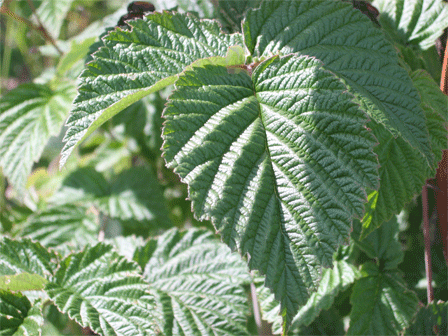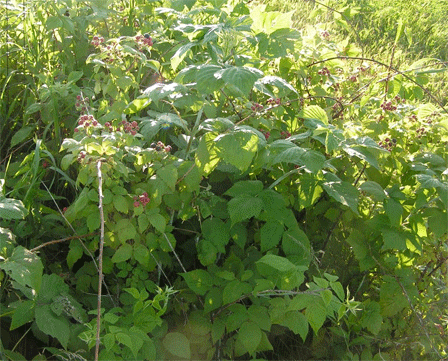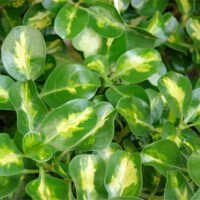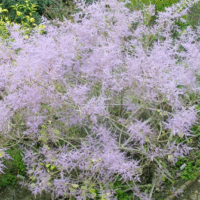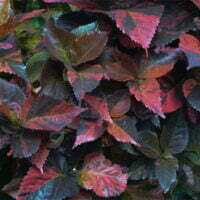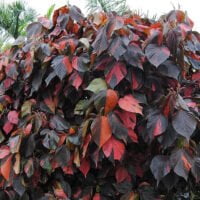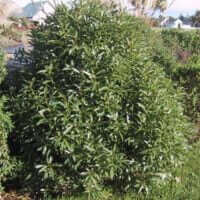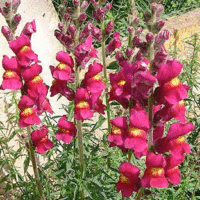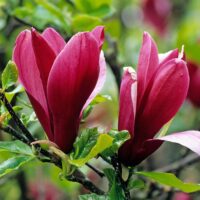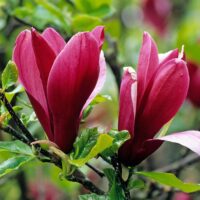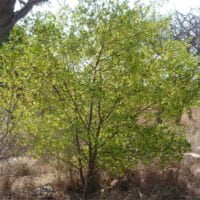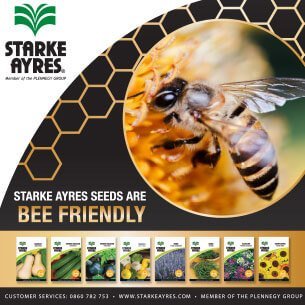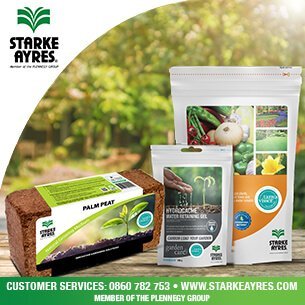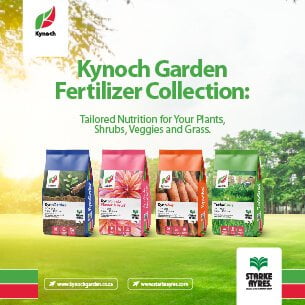| Botanical name | Rubus ursinus |
|---|---|
| Plant Care |  Full Sun Full Sun – Prefers 6 or more hours of sun per day.  Semi Frost Hardy Semi Frost Hardy – Is Able to Survive Moderately Low Temperatures.  Moderate Watering Moderate Watering – Requires Regular Watering.  Pruning Required Pruning Required – Needs to be Pruned.  Non Indigenous Non Indigenous – Exotic to South Africa. |
| Categories | |
| Flowers | January February August September October November December This plant has white flowers from Spring to Summer. |
| Common name(s) | Boysenberries and youngberries |
| Origin | |
| Foliage | This plant bears dark green toothed foliage. The leaves are white-green underneath. |
| Uses in landscape design | Small gardens |
| Planting instructions | Plant canes against a fence or trellis, setting them in trenches and spacing them ±2.5m apart.Tie the canes to the trellis or fence. |
| Maintenance | Cut vines back in December as soon as they have finished bearing. Water and feed regularly. |
| Fruit | They bear fruit on new canes from the previous season. It has deep red to shiny black fruits. |
| Common pests and diseases | American bollworm and beetles on the fruit; downy mildew. |
| Harvest | Youngberries give heavier yields than boysenberries. They are black, almost seedless, and appear two weeks earlier (towards the end of november) than boysenberries, which are produced in clusters. Both are ripe when black. |
Rubus ursinus (Boysenberries and youngberries)
- Botanical name: Rubus ursinus
- Common name(s): Boysenberries and youngberries
- Categories: Shrubs and Perennials
Plant description:
Boysenberries and youngberries are both hybrids derived from the trailing blackberry. They are quite adaptable and will grow in most regions, except where severe frost or heavy summer rains occur. These berries are ideal for small gardens as they can be trained along a fence or trellis.
Family: Rosaceae
Botanical Pronunciation: ROO-bus ur-SEE-nus
Rubus ursinus requirements and features
info on these icons
Moderate Maintenance
Requires moderate maintenance.
Prohibited Use Notice: No Data Scraping Allowed Except for Search Engine Indexing:
The content provided on PlantInfo.co.za is intended for personal, non-commercial use only. Unauthorized extraction, reproduction, or use of the data, including scraping, for any purpose other than search engine indexing is strictly prohibited. Violations of these terms may result in legal action. By accessing and using this website, you agree to comply with these conditions and acknowledge the legal restrictions on the use of our content.
January February August September October November December
This plant has white flowers from Spring to Summer.
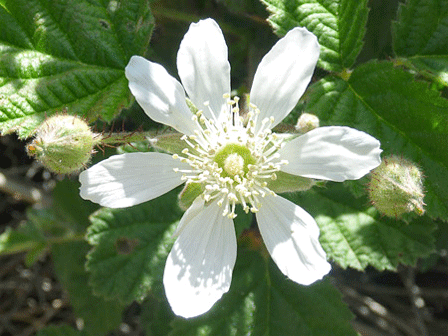
This plant bears dark green toothed foliage. The leaves are white-green underneath.
